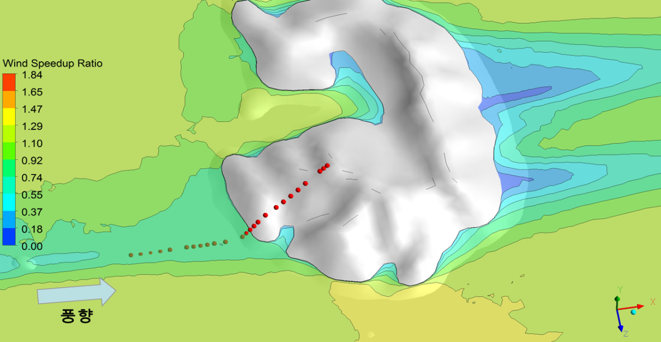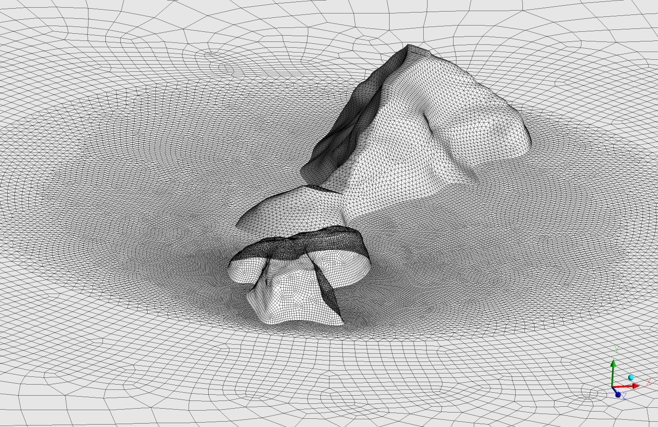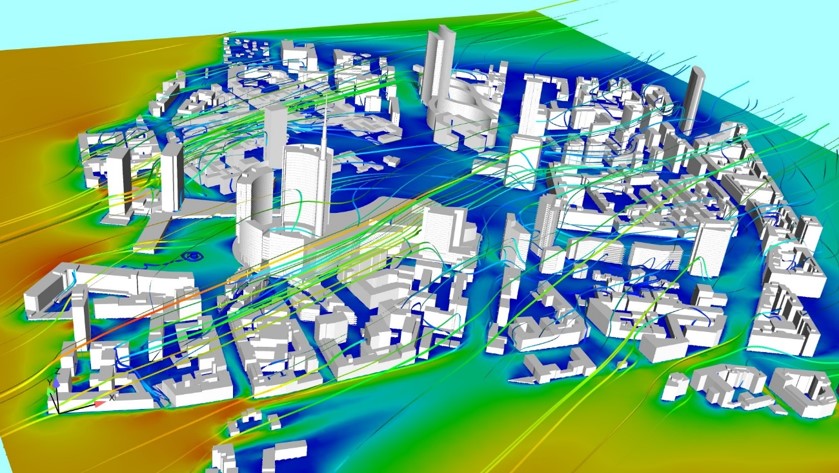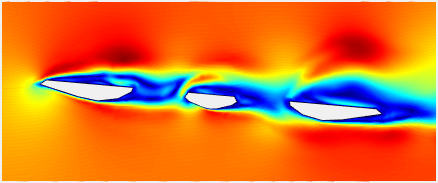Please drag & drop 3 more SECTION elements to below this section. If you enable sections 6 and 7, you must drag and drop 5 more SECTION elements.
CWE for Bridge Engineering
CWE can be used to evaluate and improve the wind-resistant performance of bridges.
Wind loads and responses are estimated through the CWE analysis. Recently, the flutter and vortex-induced vibration analysis are actively conducted using the fluid-structure-interaction (FSI) method.
Wind loads and responses are estimated through the CWE analysis. Recently, the flutter and vortex-induced vibration analysis are actively conducted using the fluid-structure-interaction (FSI) method.
© 2016
TESolution Co. Ltd.
142 Seungjin-gil, Gongdo-eup,
Anseong-si, Gyeonggi-do,
17563, Korea
TEL +82-31-658-2906
FAX +82-31-658-2908
General Inquiries : [email protected]
142 Seungjin-gil, Gongdo-eup,
Anseong-si, Gyeonggi-do,
17563, Korea
TEL +82-31-658-2906
FAX +82-31-658-2908
General Inquiries : [email protected]
TESolution
Total Engineering Solution in Wind Engineering and Vibration Control
142 Seungjin-gil, Gongdo-eup, Anseong-si, Gyeonggi-do, 17563, Korea
Tel : 82-31-658-2906
Fax : 82-31-658-2908
Contact : [email protected]
Copyright © 2016 TESolution
Total Engineering Solution in Wind Engineering and Vibration Control
142 Seungjin-gil, Gongdo-eup, Anseong-si, Gyeonggi-do, 17563, Korea
Tel : 82-31-658-2906
Fax : 82-31-658-2908
Contact : [email protected]
Copyright © 2016 TESolution






